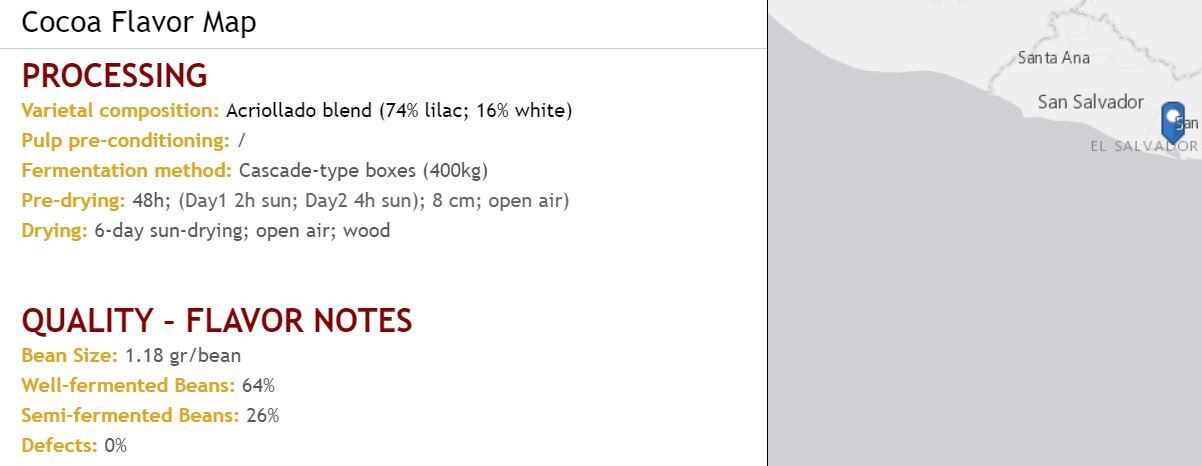The aid agency along with Guittard Chocolate and Belgian-based cocoa consultancy ZOTO began to screen flavor diversity in Nicaragua, Honduras and El Salvador in 2016.
The organizations unveiled the LWR Regional Cocoa Flavor Map at Salon du Chocolat 2017 in Paris from October 28 to November 1.
The map includes information on bean flavor notes, bean size and drying & fermentation conditions at different coops in the three countries.
Creating a market for Central American farmers
Rick Peyser, senior relationship manager for coffee & cocoa at LWR, told ConfectioneryNews: “We believe the cocoa flavor map will be a powerful tool for cacao farmers and cooperatives in these three Central American countries to market their distinctive products to fine chocolate makers around the world, who are always seeking cacao with very specific flavor profiles.
“The goal is to enable these farmers to get a better price for their cacao, which will raise the standard of living for their families.”
Exclusive access to flavorsome cocoa
LWR said the Flavor Map gives chocolate makers the ability to obtain exclusive micro-lots of unique cocoa with full transparency and traceability.
Companies can quickly identify sources for the cocoa flavors, profiles and characteristics they seek, it said.
Dr. Zoi Papalexandratou, lead Cocoa Advisor for ZOTO, claimed the map will “open doors” to the international chocolate market for Central American farmers and their cooperatives.
“Such a cocoa flavor guide can help a chocolate maker select lots from different locations that express similar notes,” she said.

Post-harvest protocols
Under the project, LWR and its partners helped implement post-harvest processing protocols for farmers to improve quality and flavor expression. They also conducted sensory and chemical analysis of samples.
The World Environment Center (WEC), US Department of State, as well as COSUDE (the Swiss Agency for Cooperation and Development) supported the project.
The PROGRESA CARIBE-USDA project, Catholic Relief Services (CRS) and SNV gave additional support for the Nicaragua cocoa map.
